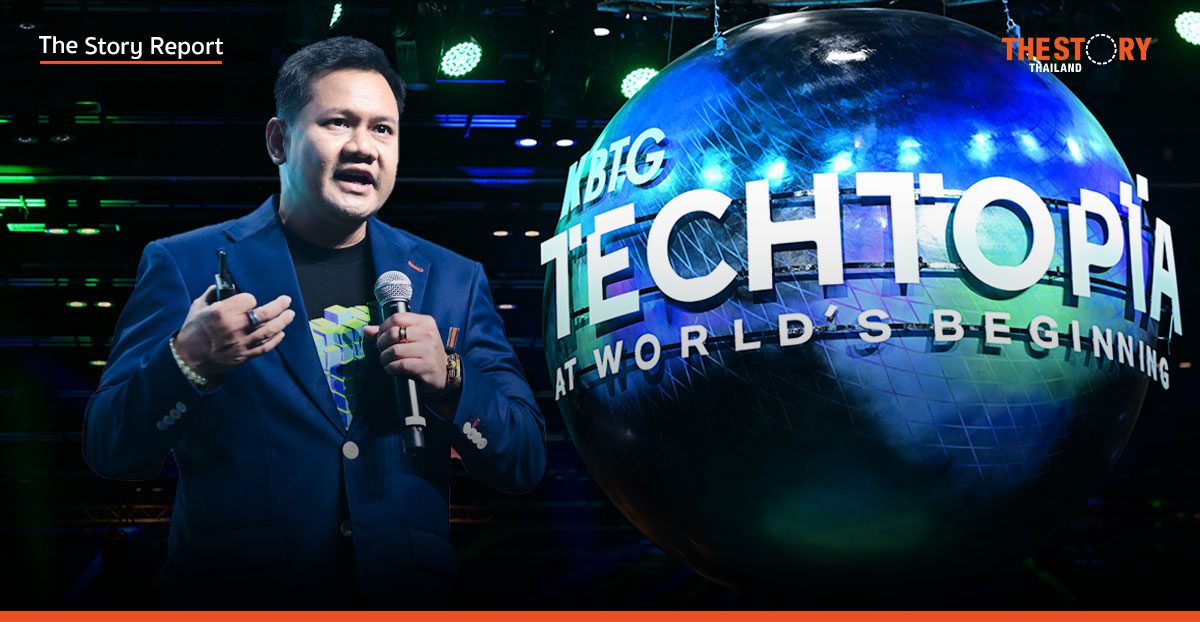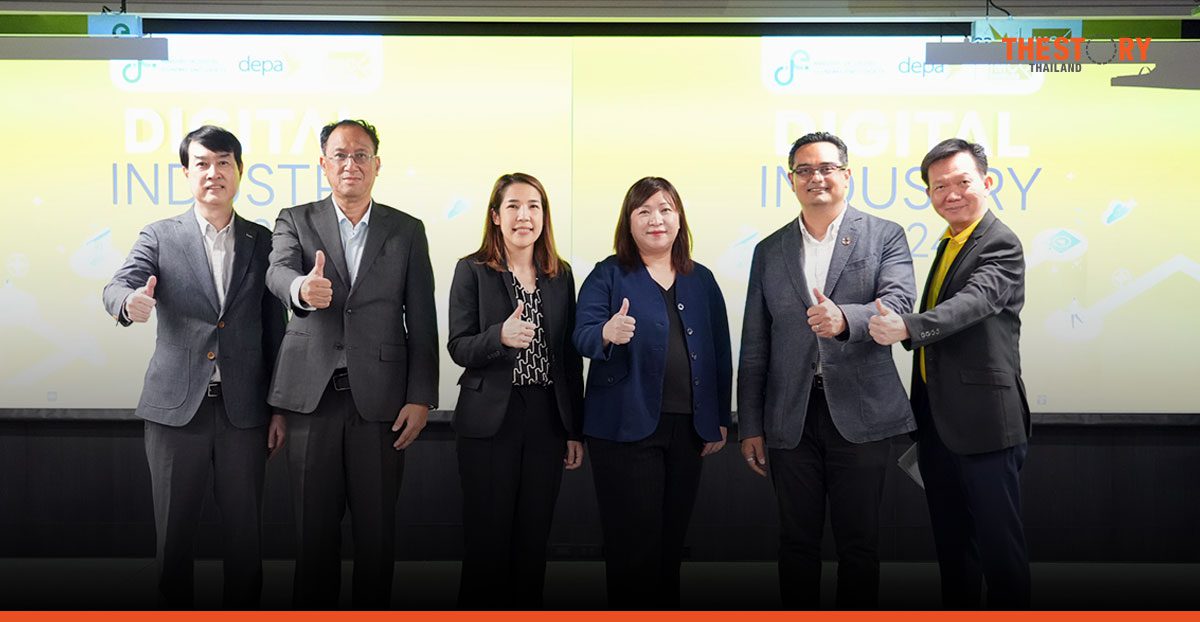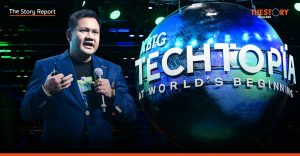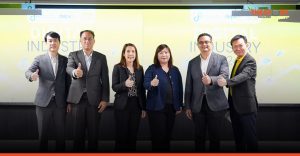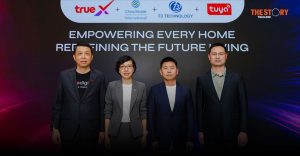By: Taveewat Chantaraseno, Managing Director, Cisco Thailand and Myanmar
If there’s anything the last few years has taught us, it is that the future is predictably unpredictable. We have seen organizations in the region adapt to an evolving post-pandemic environment and thrive amidst the externalities stemming from rising geopolitical tensions and risk of a global recession. Come 2023, businesses need to not only meet the evolving expectations of employees and their stakeholders, but also ensure they remain relevant in an era that is hybrid, digital-first and constantly evolving. What are the key business and technology trends in the new year and how can businesses embrace these new changes?
- Cybersecurity and IT infrastructure need to transform to keep up with evolving landscape.
Connections between people, devices and data are ever-expanding, with billions of open, shared, and accessible touchpoints multiplying in a hybrid work, cloud-first world. The network is the nervous system that allows everything to work together. And while it’s created limitless possibilities, it’s also introduced incredible complexity. As organizations and users become more distributed, the demand for anywhere, anytime access to applications require transformation of networks to deliver uninterrupted connectivity while maintaining security. This is especially as seven out of 10 respondents in ASEAN believe that having connectivity issues regularly is career-limiting for remote workers, yet 27% say their company still needs the right networking infrastructure.[1] Businesses will need to modernize their IT infrastructure with SD-WAN technologies which will allow them to securely connect users, devices, IoT to systems, apps and data with unified management and security policy administrations. They must also move away from stand-alone security toward a connected platform strategy that focuses on detection, response and recovery.
- A new era of predictive networks has arrived, and it will change how we define business agility.
Competing in today’s digital landscape means one thing – what can be delivered digitally, must be delivered digitally and it must be always on. Applications are just the front door to an expansive digital landscape that is evolving and growing in scale and complexity, given that ASEAN’s super app market is forecasted to reach US$23 billion in revenue by 2025.[2] The key to delivering a great digital experience comes with having full stack visibility into the different data, system interactions, interdependencies and business metrics that are happening in real-time across the digital interface. Predictive network engines that can gather data from a multitude of telemetry sources and integrate them into different models to predict user experience issues will be powerful tools. They will help bridge the current gap between IT and business teams, allowing IT leaders to fix issues before they happen and business teams to focus on agility and innovations that will win customers’ hearts.
- Physical spaces like offices and healthcare facilities will be reimagined for inclusiveness in a hybrid work environment.
A recent survey reveals that the significant increase in employees working from home now means that 98%[3] of meetings will have at least one remote participant. However, only 6%[4] of meeting rooms and classrooms globally are video enabled. In the coming year, hybrid will create a knock-on effect on physical workspaces where every industry and companies will be compelled to rethink their workspaces, whether it is an office or healthcare facility to drive an inclusive environment for all. This will unfold through closer collaboration between IT, HR, and facilities to drive change, from integrating inclusive features such as AI-powered audio intelligence/background noise cancellation to equipping physical spaces with the right video conference devices for a seamless, secure hybrid collaboration and updating employee policies and company guidelines to ensure all employees are fairly rewarded in the long run, regardless of where they are working from.
- Private 5G, in hand with Wi-Fi6, will revolutionize new cloud, edge and IoT innovations.
As more businesses in Asia Pacific begin to realize the benefits of digitizing and using future technologies, we foresee a greater adoption of 5G especially, driving the total 5G revenue in the region to rise from US$2.13 billion in 2020 to US$23.89 billion in 2025.[5] While a game changer, the combination of Wi-Fi 6 and 5G will pave a new future of connectivity for almost every industry, by providing three times more bandwidth and five times the speed of Wi-Fi 5. This is especially key for firms in sectors like manufacturing, which require high-precision engineering capabilities to implement transformative applications that drive digital transformation, smart factories, and automation within processes for greater efficiency. The power of the technologies comes from their ability to monitor and manage thousands of assets. Its scalability brings the promise of wide-scale deployment of mobile robots, and self-driving vehicles closer to reality. We can hence expect more companies to be on the lookout for such technologies once the relevant spectrums and infrastructure are provided.
- Purpose will anchor everything that businesses do, with ESG making further headway into boardroom agendas.
Purpose will only become more relevant and central to companies in the year ahead. It is good for business, with more than half of purpose-driven companies reporting that they experienced 10% business growth compared to 42% of non purpose-driven companies, according to a Harvard Business Review study. It is good for people, as research has shown that strong purpose is key to attracting and retaining talent. And finally, it is good for the world. Instead of being a tick-the-box exercise, measuring impact of each company’s purpose journey, especially their social and environmental impact, will increasingly take centre stage in corporate decision making. We will see more public and private corporations come together to determine ESG reporting frameworks and disclosure standards as regulations and sustainability targets are set.




